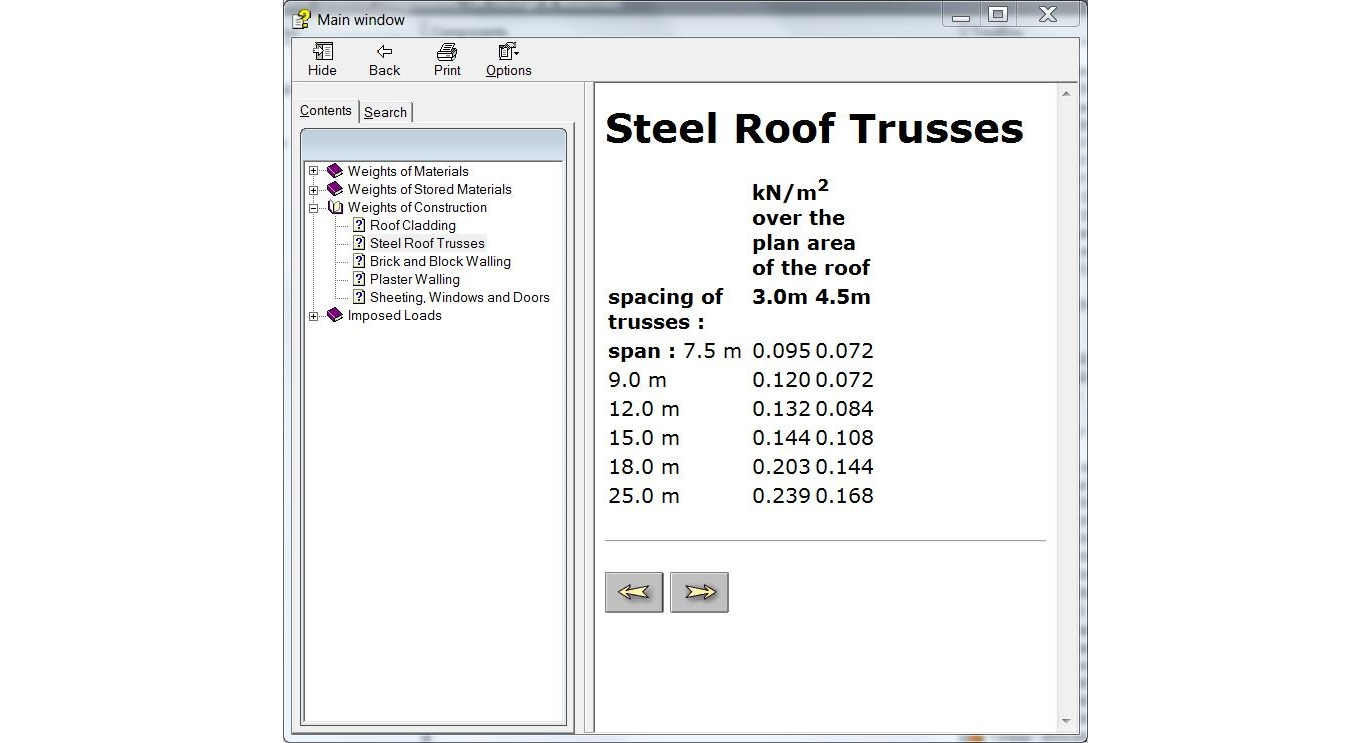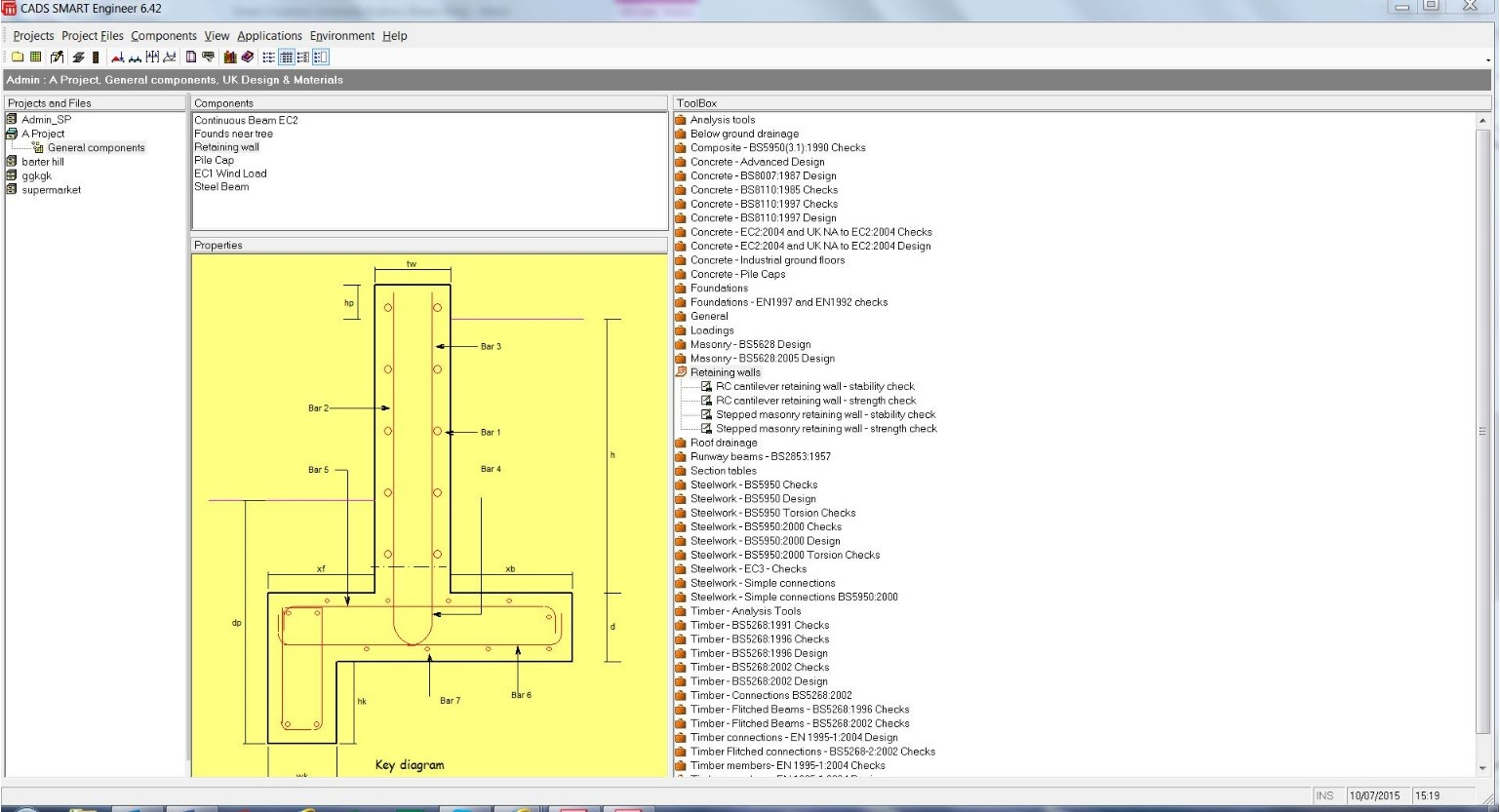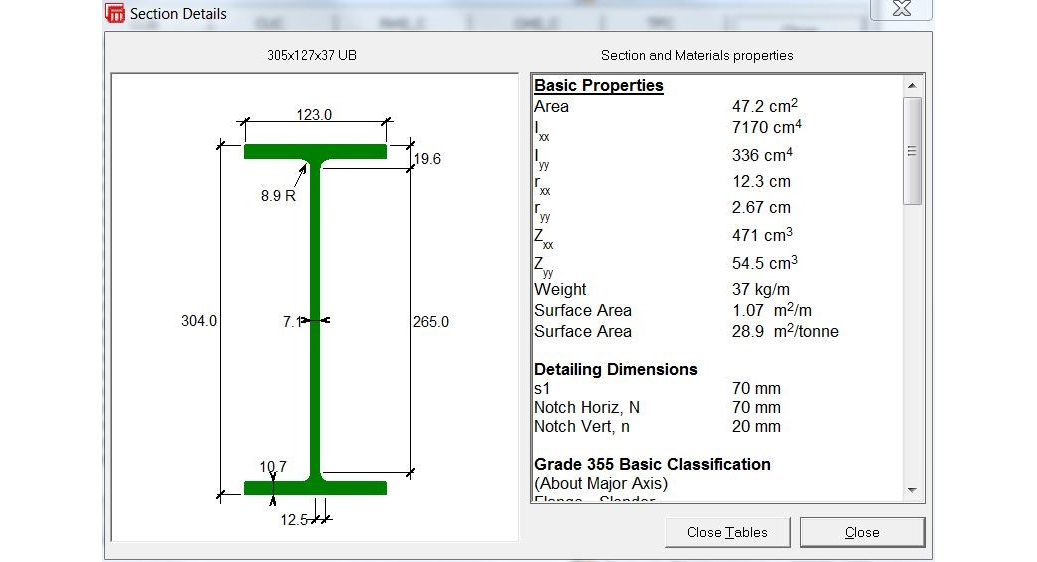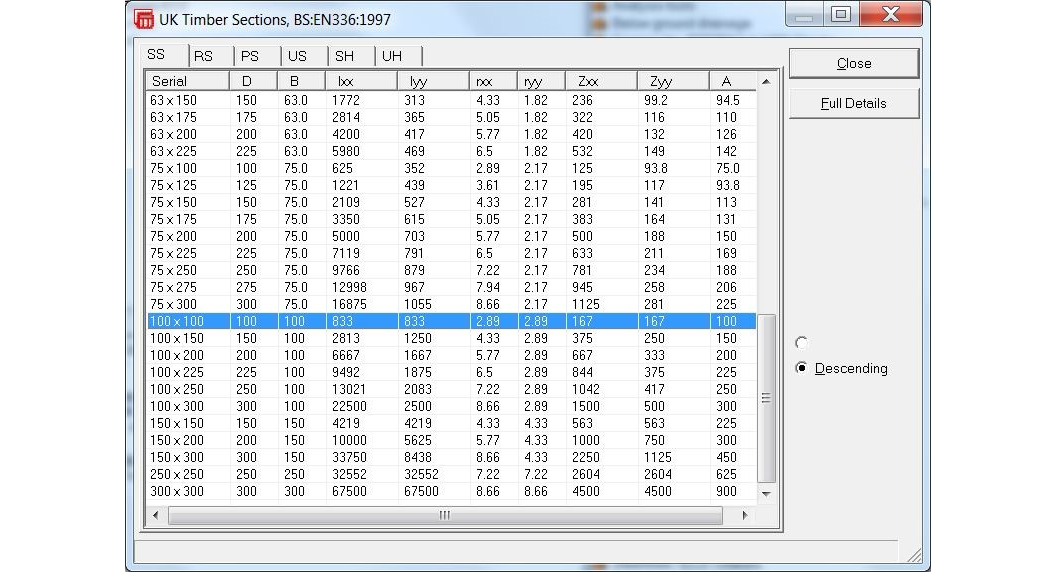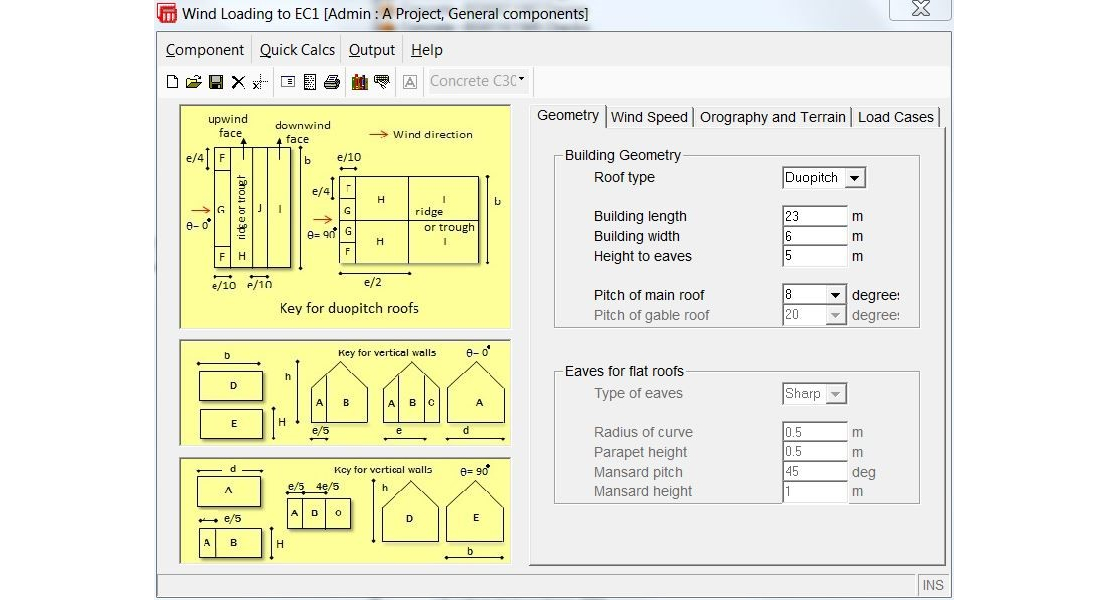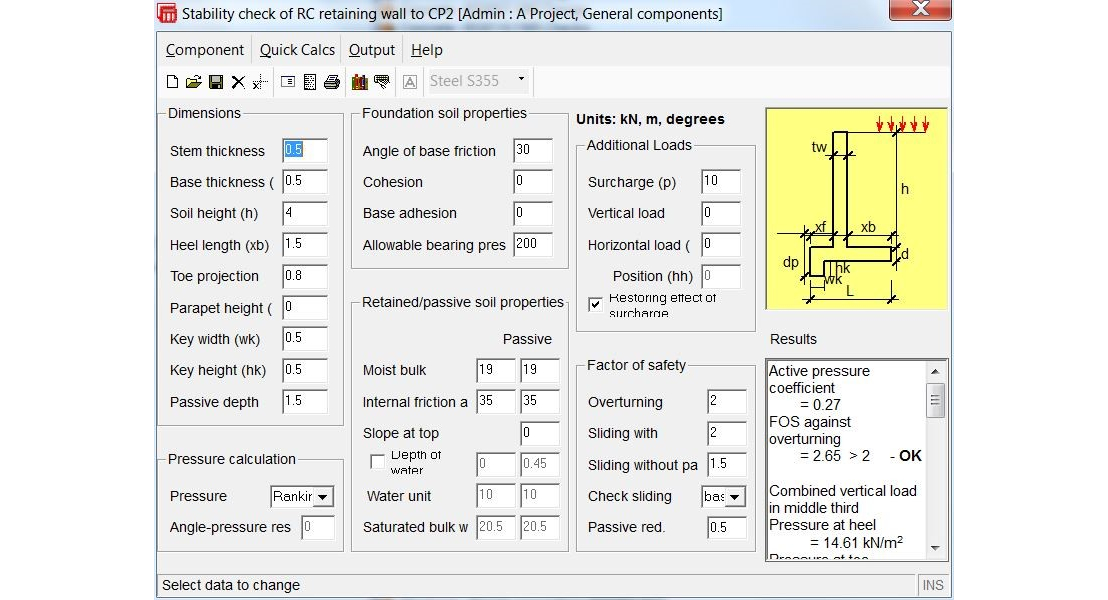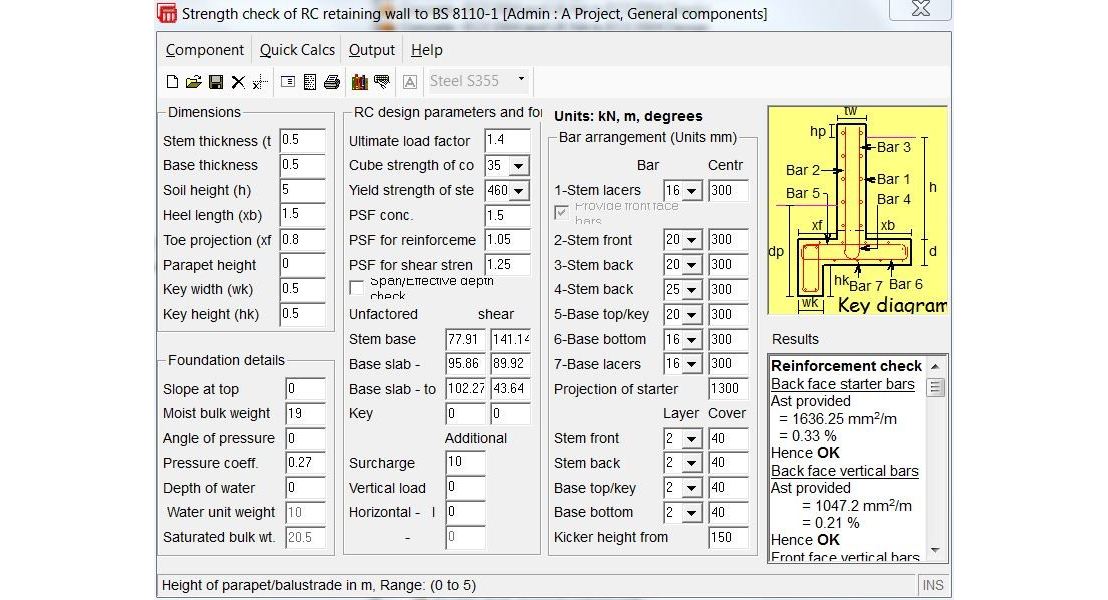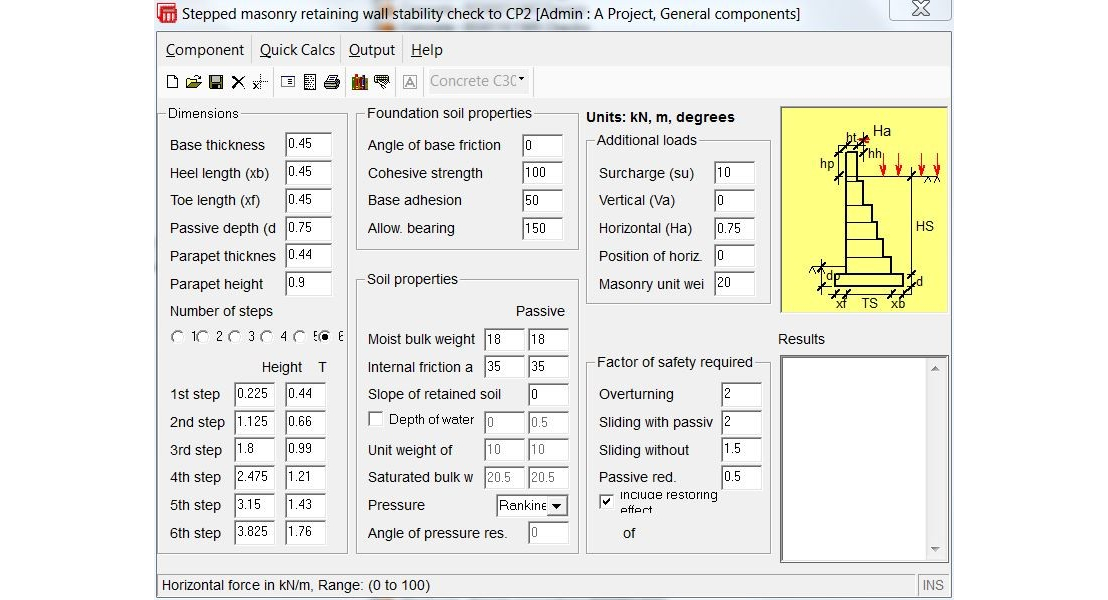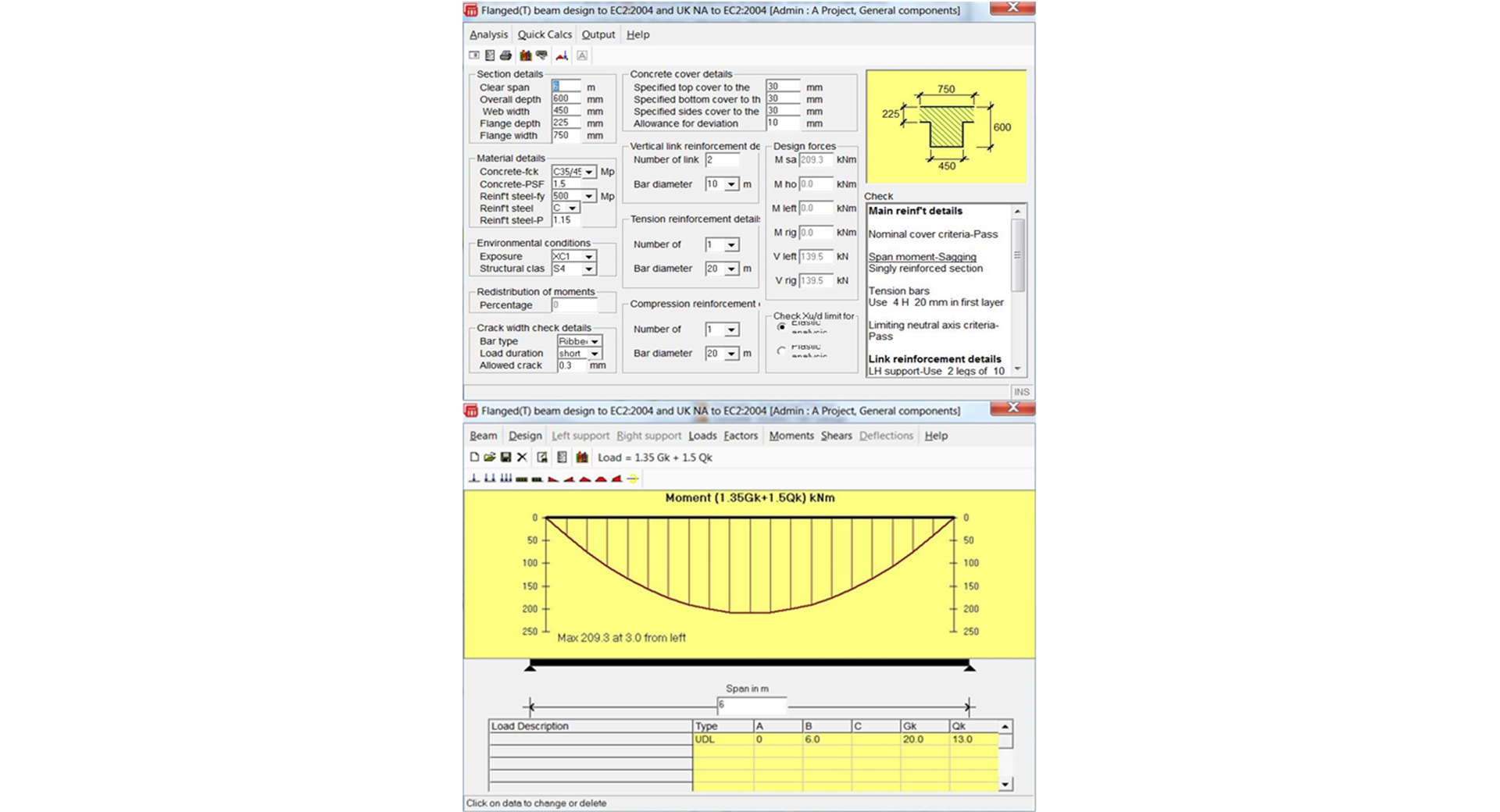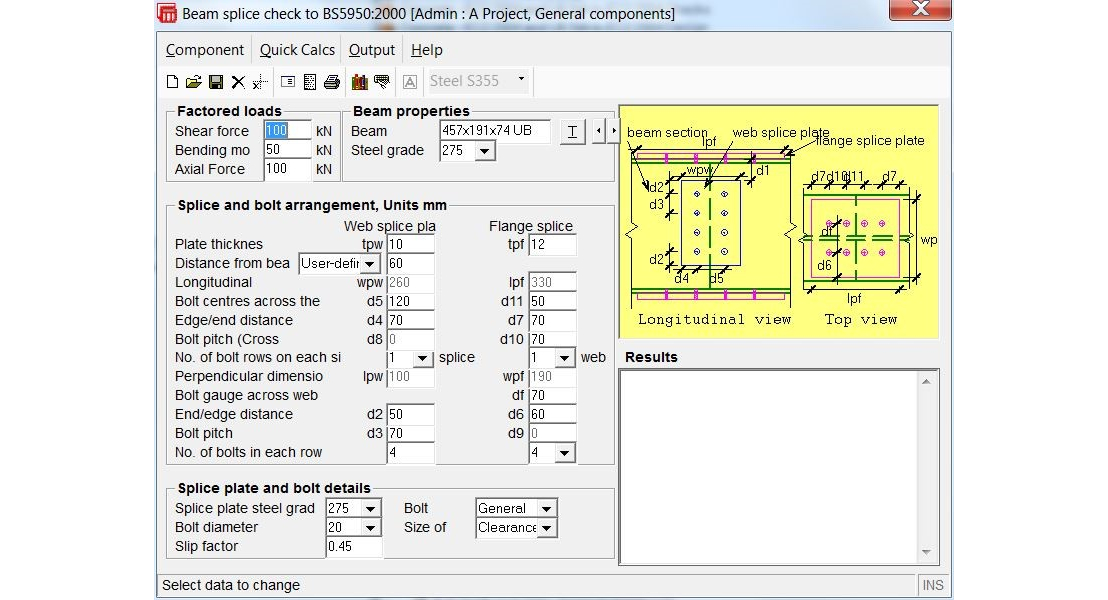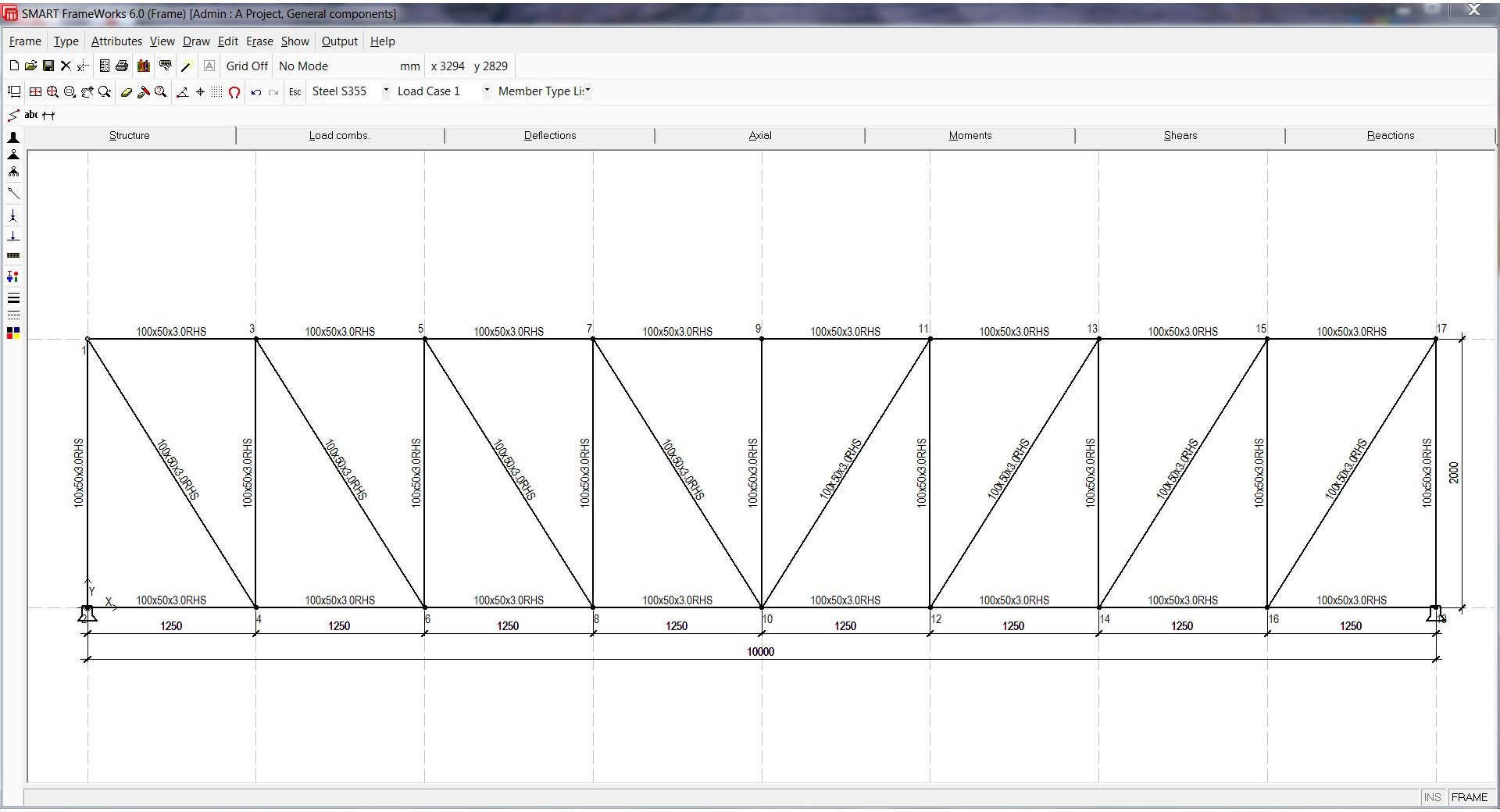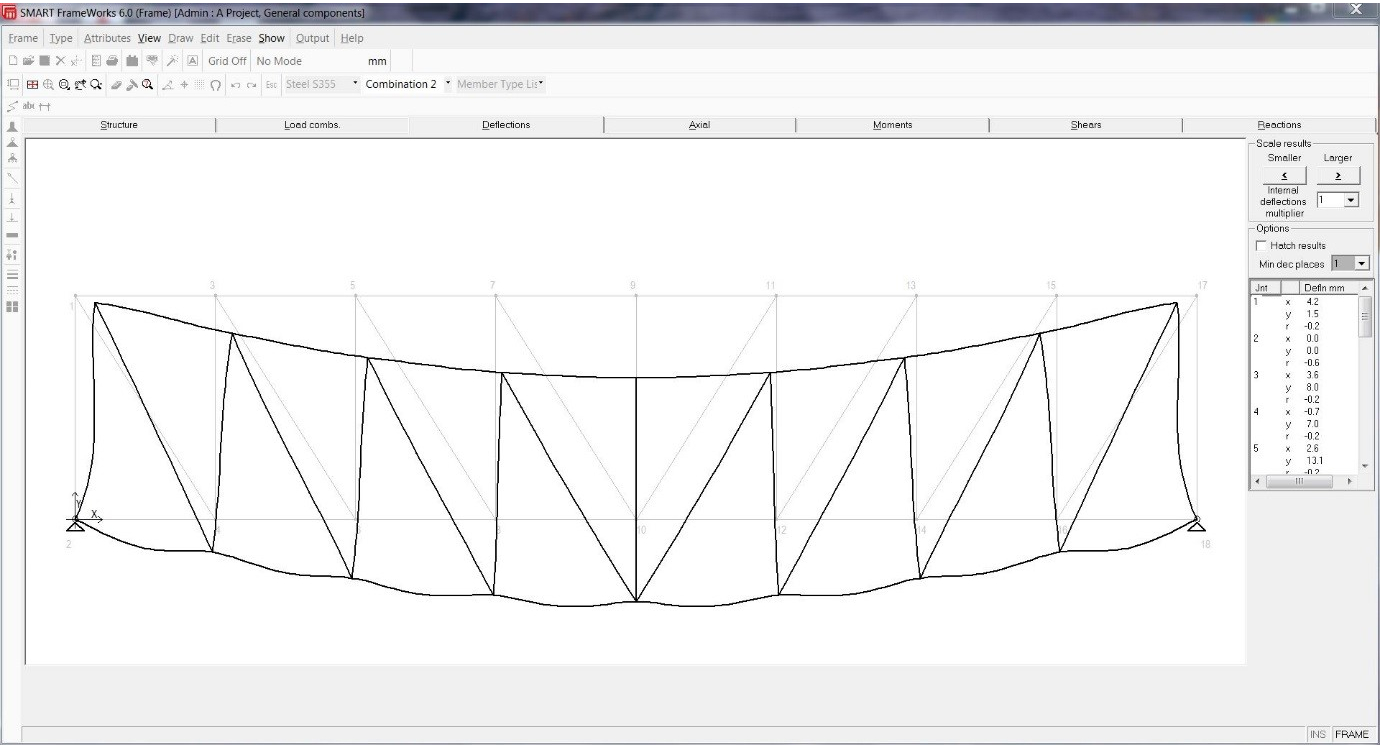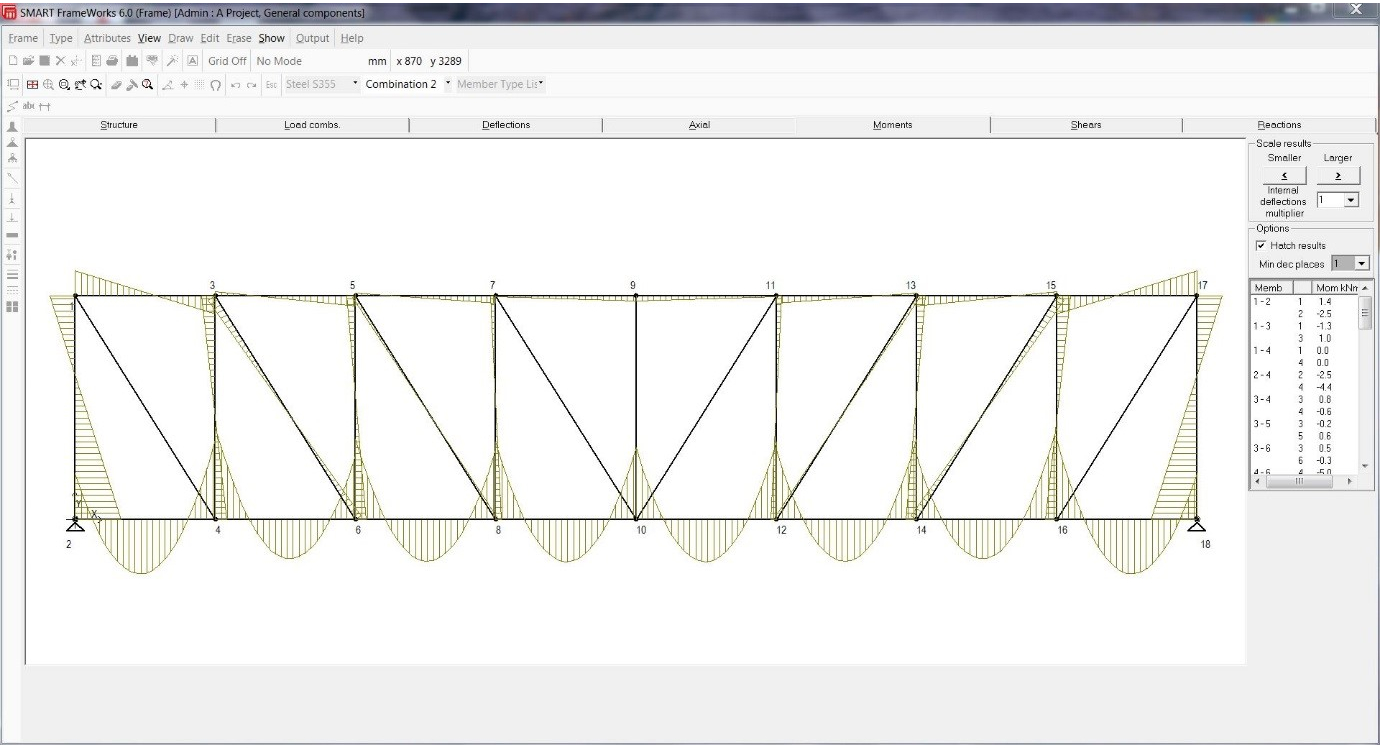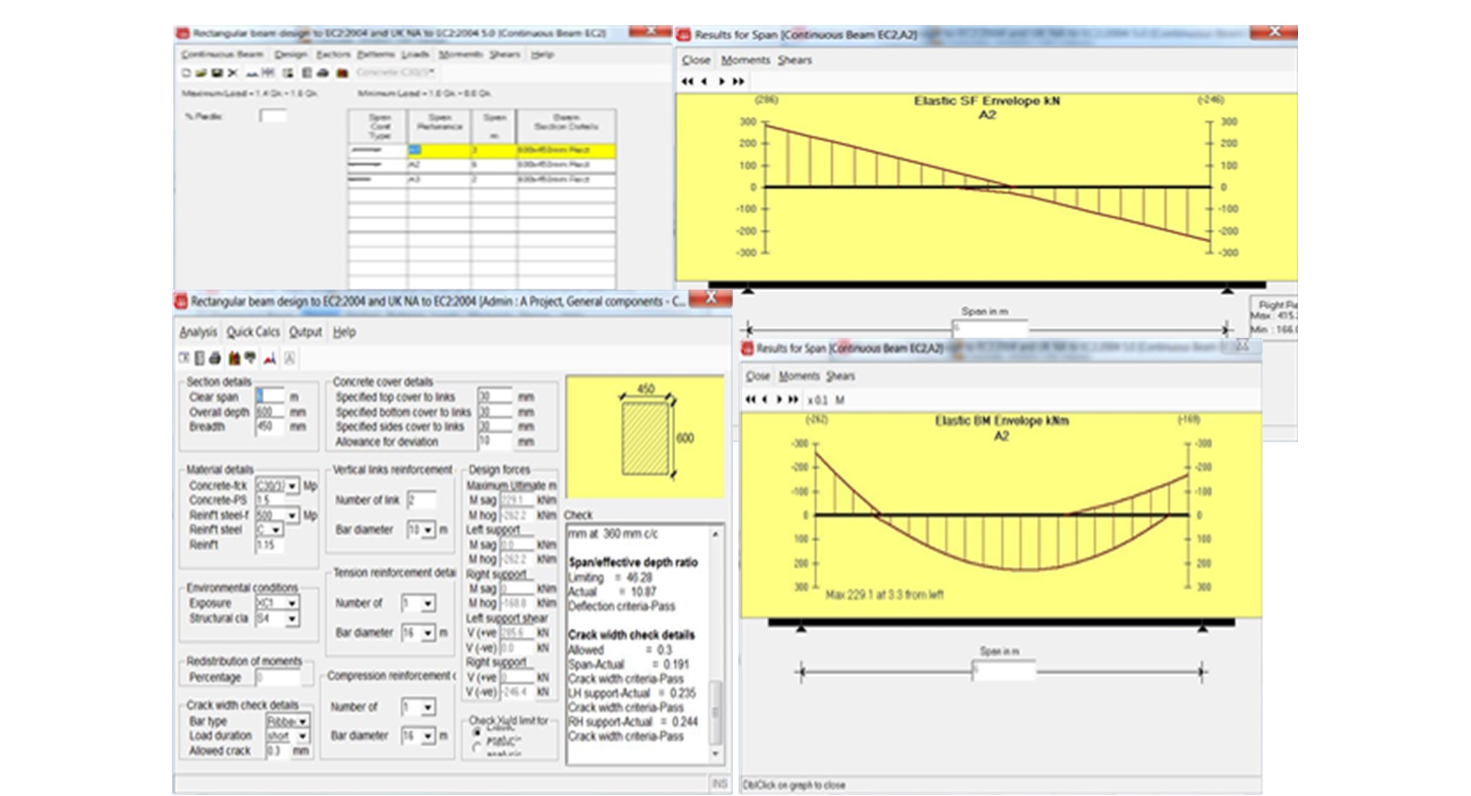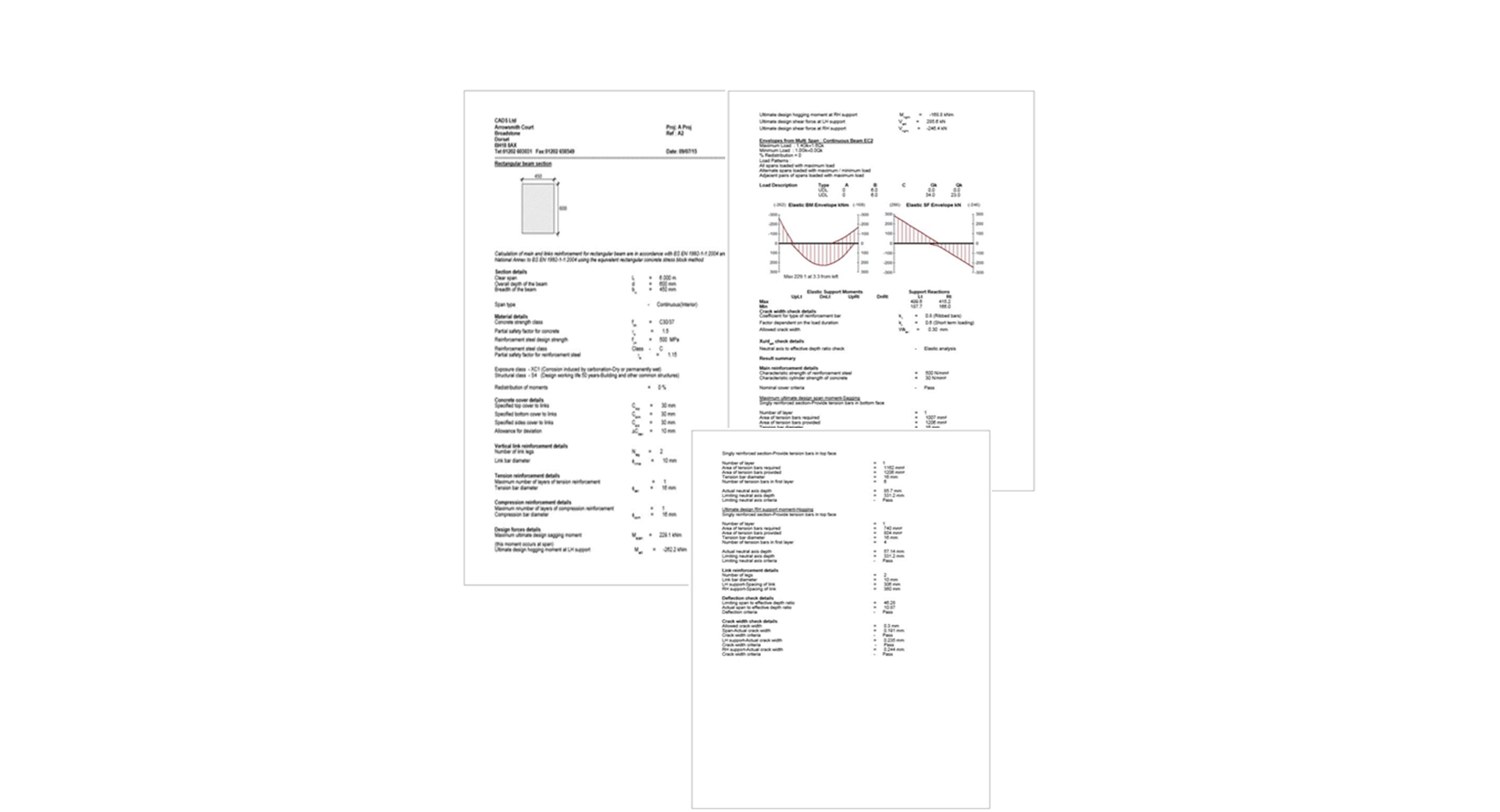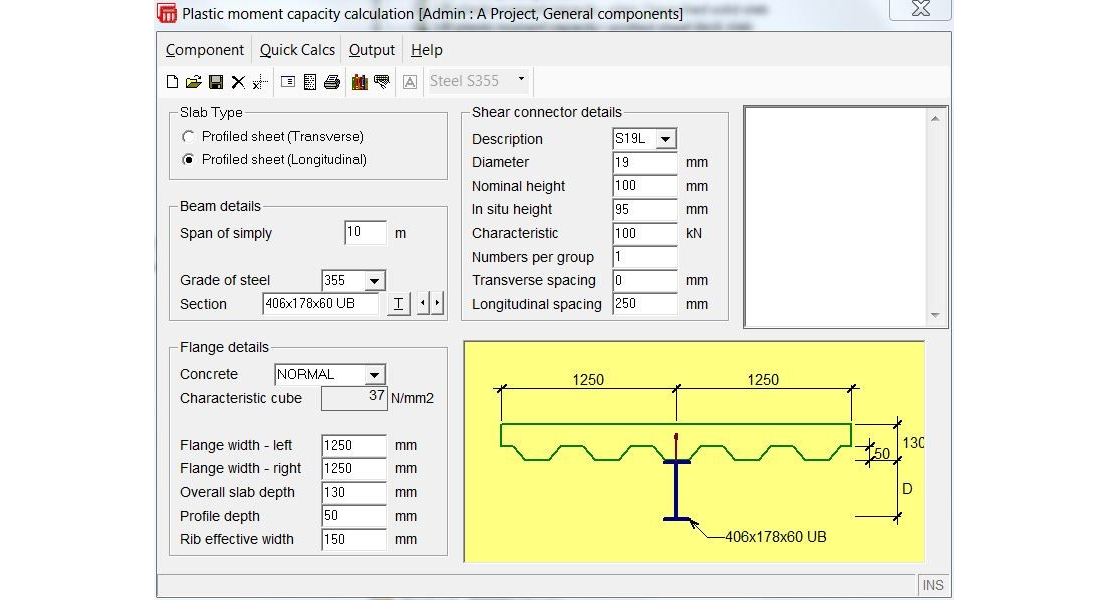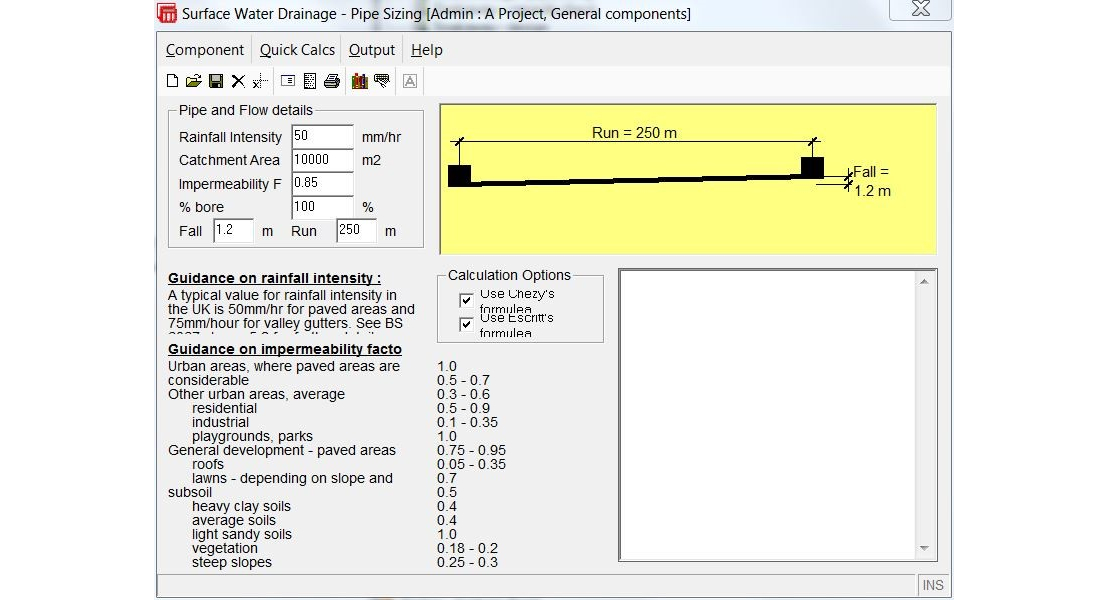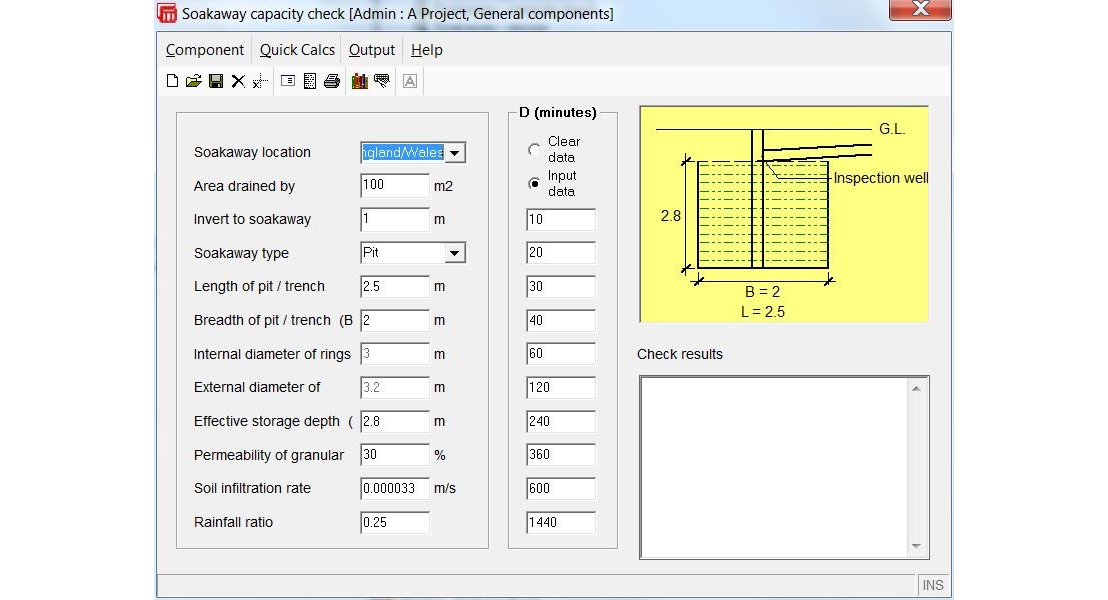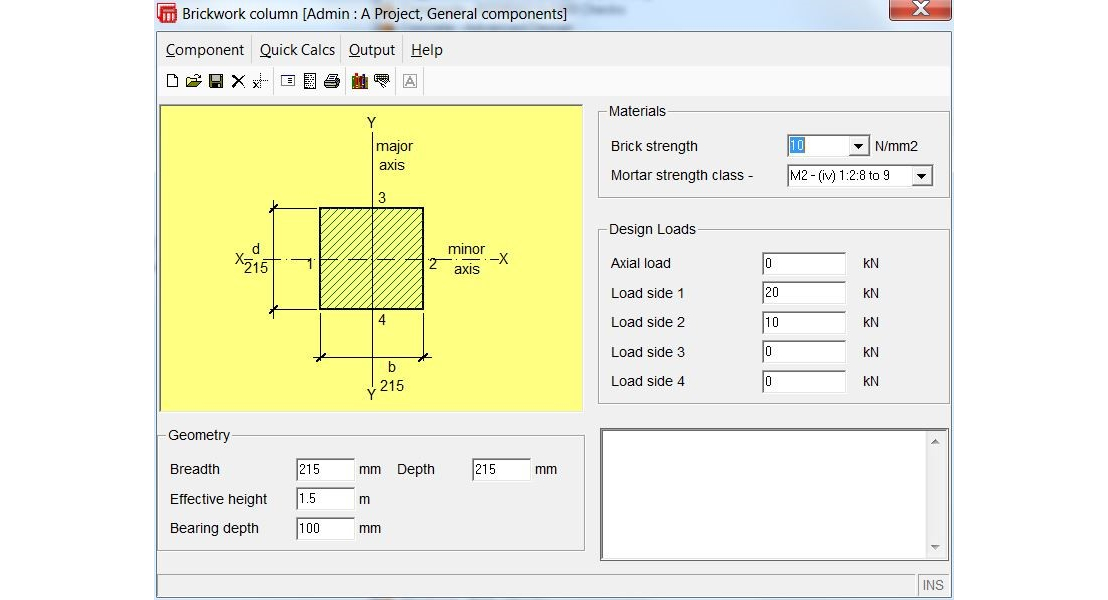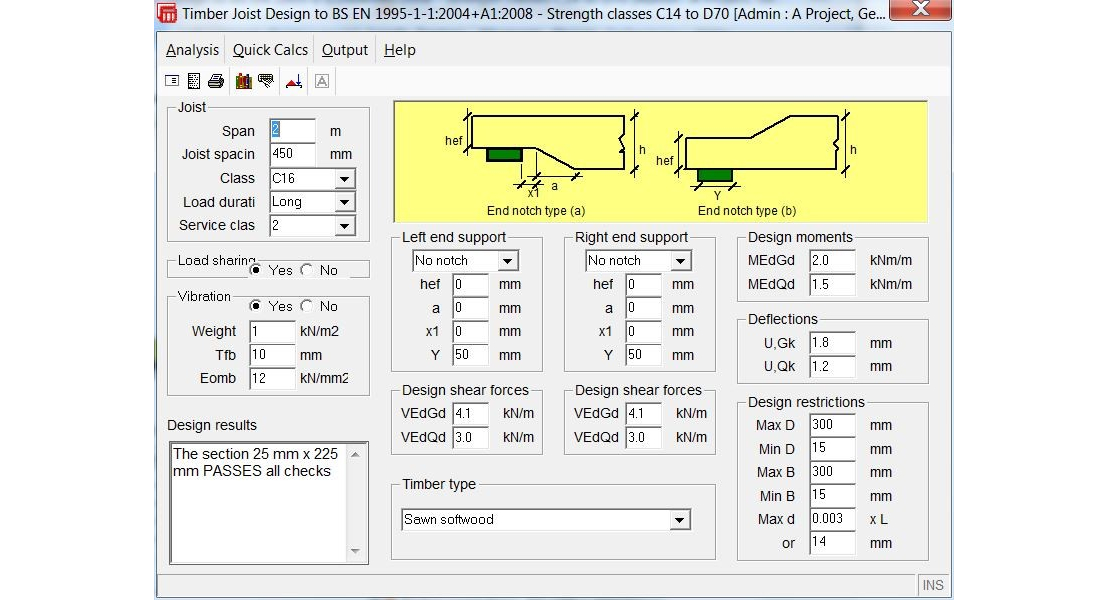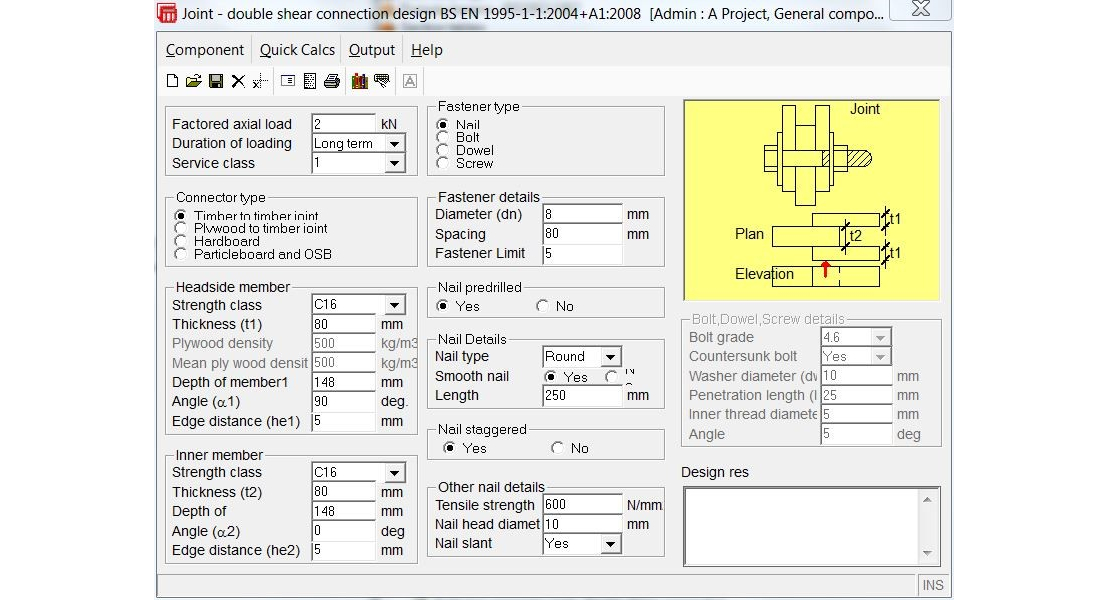Introduction
SMART Engineer is a Civil & Structural Engineers’ compendium of calculation templates to either British Standards or Eurocodes and includes tools for 1D and 2D frame analysis. Using a simple, intuitive interface, users have access to a broad range of templates for all typical elements and materials including concrete, steel, composite, timber and masonry.
Summary
SMART Engineer includes a wide range of calculation templates to:
- Increase productivity by automating repetitive design procedures or where different design options need to be quickly compared
- Improve checking and communication with other engineers by producing legible calculation style output including formulae and design clauses
- Reduce errors by standardising the design process for elements of varying materials
- Documentation can be standardised and printed directly or exported to Word. Users can configure the calculation sheet size, borders, header text, logo and font types
- Design to British Standards and Eurocodes
- 2D frame analysis of trusses and frames, single & multi-span analysis and continuous beam design
- User definable calculation templates
- The input of project and component folders for the management of calculations
- Knowledge base of weights and essential data
- Customisable output, either summarised or detailed
- Output options such as txt or rtf files or export to Microsoft Word
- Network administration tools
- CADScover maintenance entitling users to new templates, technical support and advice
Full description
All projects require many separate and varied calculations. SMART Engineer helps designers to organise their work into projects and sub-projects. Projects can be set up with standard company material types and preferred section sizes. Structural calculation sheet layouts can be user defined and accessed from a directory of company standards. Project history and details can be reviewed at any time with SMART Engineer’s ‘Project Browser’. SMART Engineer can also manage project, calculation and user data across networks.
SMART Engineer has templates for the design of elements in steel, concrete, masonry and timber with a wide range of structural and civil applications.
Hundreds of structural calculation templates cover project requirements such as:
- Imposed roof and snow loads and wind loading to EC1
- Load run-down, load on lintels
- British Standards and Eurocodes
- Concrete and masonry retaining walls
- Surface water, Foul and Roof drainage
- Soakaway capacity check and design
- RC Slabs/Columns/Beams/Footings
- Masonry panels and piers
- Timber member design and connections, flitch beams
- Composite Beams
- TR34 Industrial floor design etc.
SMART Engineer design templates allow the user to either check a structural element’s size for suitability or for a given span and loading it automatically calculates the optimised solution.
SMART Engineer is supplied complete with a comprehensive set of analysis tools for single or multi-span members such as continuous beams. The plane frame 2D analysis tool will process trusses & frames of up to 1,000 members. Input of members can either be using a selection of “wizards” for trusses and girders of varying size and shape as well as individual members using a simple cad-like graphical interface.
SMART Engineer provides the most flexible facilities for layout and style of structural ‘Calculation-Style’ output. Users control the content, layout & style of results. Designs can be reviewed in the ‘on-screen’ viewer before printing onto the user’s chosen calculation-sheet. Alternatively, results can be saved as a txt or rtf file, exported directly to Microsoft Word or copied to the Microsoft Clipboard to be cut and pasted into another software application, e.g. an email, Excel spreadsheet, etc.
SMART Engineer is supplied with the ‘Visual Template Language’, which enables users to develop their own calculation templates. No programming knowledge is required!
In addition to the usual libraries of steel and timber sections, bolts and reinforcing bars, SMART Engineer contains an extensive ‘Knowledge Base’ of design data.

